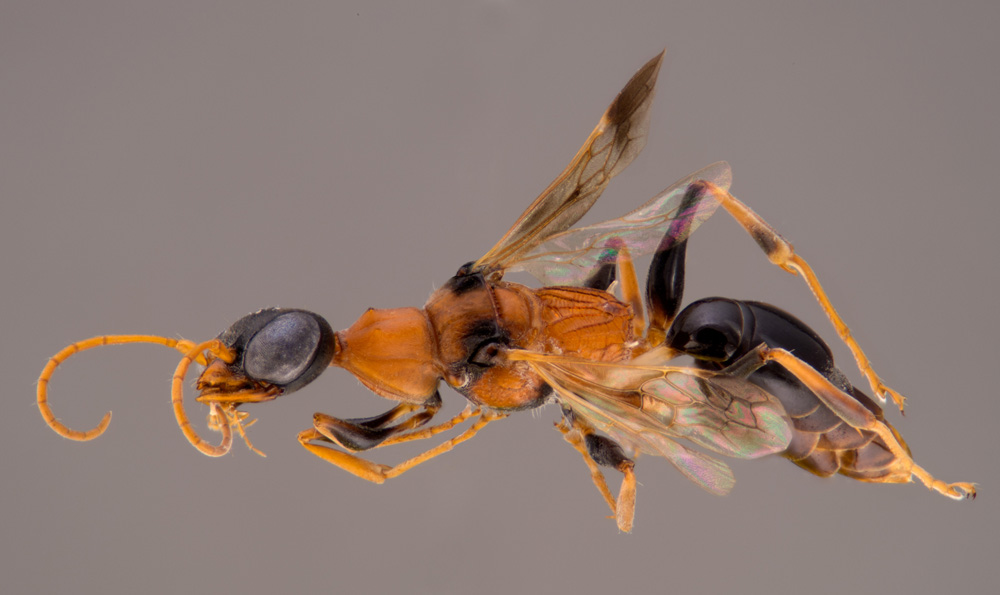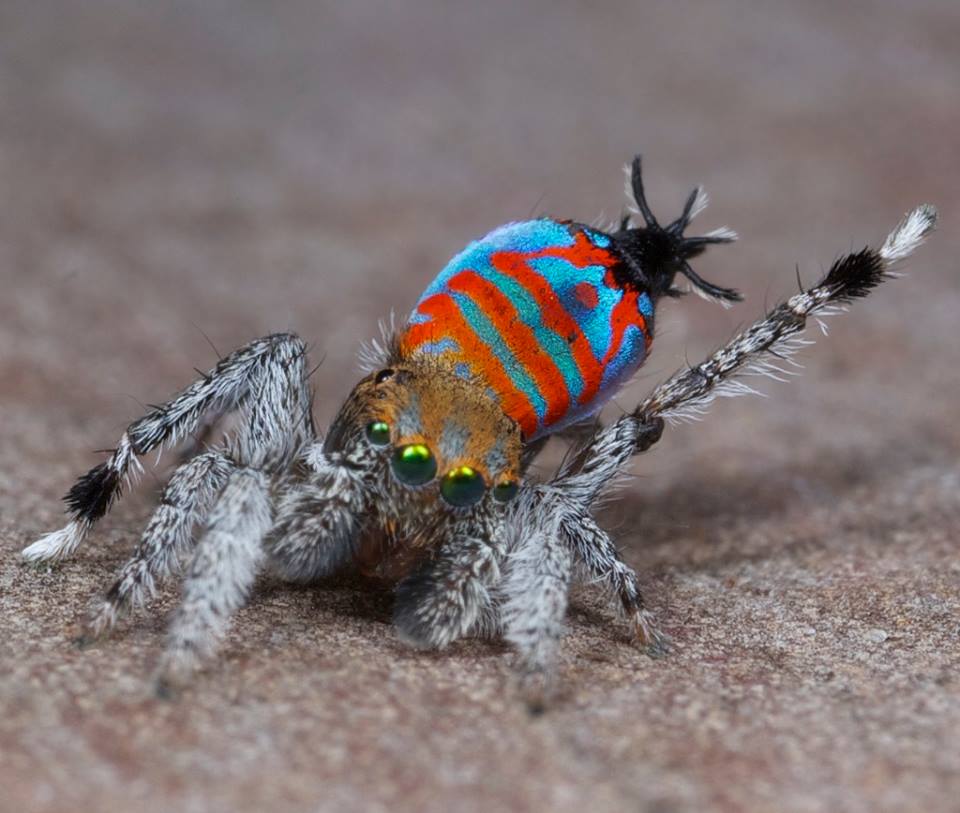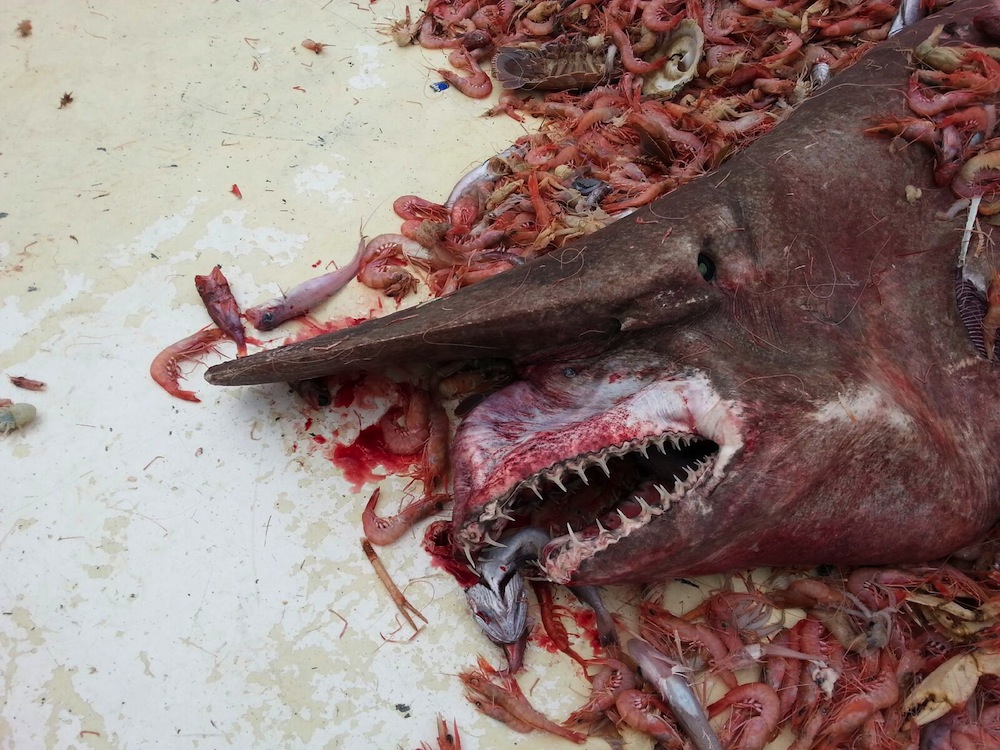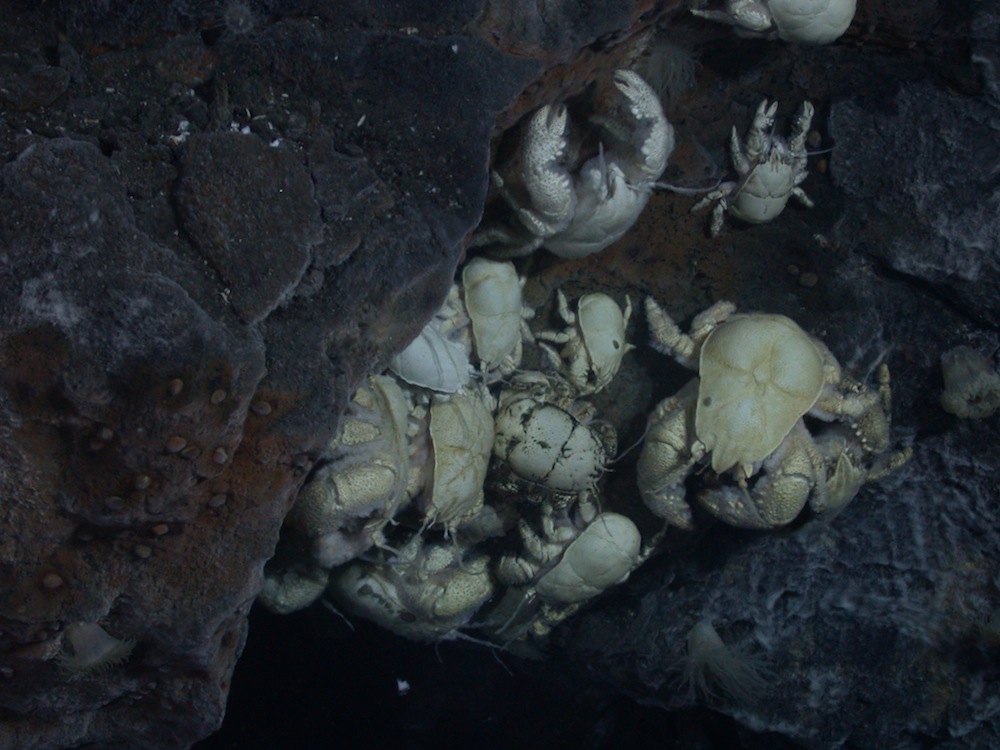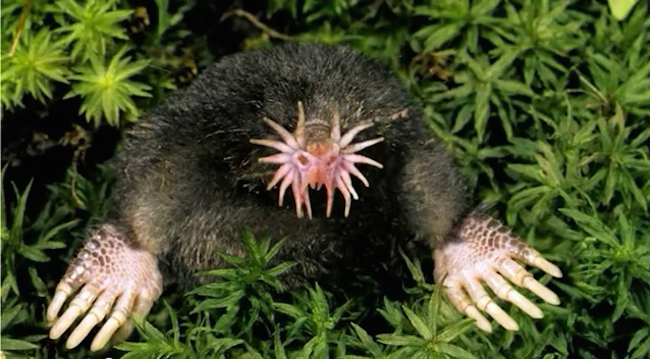From Blobfish to 'Adorable' Octopus: 9 Animals with Perfect Names

"Adorable" probably isn't the first adjective you'd use to describe an octopus. But then again, maybe you've never met a tiny octopus with big, beady eyes and a pink, jellylike body.
One biologist, Stephanie Bush of the Monterey Bay Aquarium Research Institute in California, has been tasked with giving just such an octopus its scientific name. She's come up with a moniker that suits the lovable critter well: "Opisthoteuthis adorabilis." The tiny cephalopod is "really cute," Bush said in a recent interview with Science Friday.
The octopus wouldn't be the first animal named for its adorable qualities. There's already a Lophornis adorabilis, or white-crested coquette — a rather sweet-looking species of hummingbird that also lives up to its scientific name. In fact, there are lots of cute (and some not-so-cute) critters out there whose names perfectly match their physical characteristics. [7 Most Misleading Animal Names]
Here are a few of the most aptly named animal species:
Blobfish
There's no arguing that the blobfish looks like, well, a blob. This droopy-faced, deep-sea fish is found in the waters off Australia, Tasmania and New Zealand. Its scientific name, Psychrolutes marcidus, identifies the blobfish as a member of the fish family Psychrolutidae, or fathead sculpins. If the first part of this fish's name isn't descriptive enough for you, consider this:The second part of its name, marcidus,is Latin for "withered" or "wilted." (YouTube, Ugly Animal Preservation Society)
Dementor wasp
Get the world’s most fascinating discoveries delivered straight to your inbox.
Oh, the delightful dementor wasp (Ampulex dementor)! This fascinating flying insect was discovered recently in the Greater Mekong region of Asia, and is named after the soul-sucking prison guards described in the "Harry Potter" book series. Like their fictional counterparts, dementor wasps are a force to be reckoned with, injecting their favorite prey (cockroaches) with a paralyzing venom before dragging the immobilized meal away and devouring it. (Image credit: Michael Ohl / Museum fur Naturkunde)
"Sparklemuffin"
Sparklemuffin may sound like one of the characters on the kids' show "My Little Pony," but it's not. It's actually a nickname for Maratus jactatus, a species of Australian jumping spider. This affectionate name was given to the little arachnid because, well, it's kind of cute and rather sparkly. The spider has bluish and reddish stripes on its abdomen, and it performs some pretty outlandish dance moves as a part of its mating ritual. (Image credit: Jürgen Otto)
Purple Yoda
Yep, you read that right. There is an animal out there named after the "Star Wars" character Yoda, and that animal is purple. Yoda purpurata is a species of acorn worm that lives about 1.5 miles (2.4 kilometers) below the surface of the Atlantic Ocean. Its reddish-purple coloring isn't very reminiscent of everyone's favorite Jedi Master, but its large lips (located on either side of its head) do resemble Yoda's adorably floppy ears. (Image Credit: David Shale)
Goblin shark
If, by some odd chance, you don't think sharks are very intimidating, please have a gander at this specimen — Mitsukurina owstoni. The only extant member of the family Mitsukurinidae (a shark family that dates back 125 million years), the so-called goblin shark is usually seen in deep waters off the coast of Japan, though at least one has been hauled onboard a fishing boat in the Gulf of Mexico. The creature's nail-like teeth and odd-looking, elongated snout earned it its sinister nickname, though some assign it a more benign title: the elfin shark. (Image credit: Carl Moore)
Yeti crab
Not every abominable snowman, or yeti, lives at the top of a freezing cold mountain. One yeti — the yeti crab — lives all the way at the bottom of the sea. This hairy, eyeless critter was first discovered near the hydrothermal vents off the coast of Easter Island, in the southeastern Pacific Ocean. The yeti crab's hairy legs and body support "gardens" of bacteria, which the crabs are believed to rely upon for sustenance. Sounds delicious, right? (Image Credit: NERC ChEsSo Consortium)
Dreadnoughtus
Like a massive steel warship impervious to attack, Dreadnoughtus schrani once roamed the grasslands of Patagonia. This giant, long-necked dinosaur was as tall as a two-story house and weighed as much as 12 elephants. Its name, which means "fear nothing," was borrowed from the popular appellation for 20th-century steel battleships, or dreadnaughts. But don't let Dreadnoughtus' fearsome name frighten you. For one thing, it's been extinct for about 77 million years, and for another, this herbivorous sauropod ate only plants. (Image Credit: Mark A. Klingler | Carnegie Museum of Natural History)
Star-nosed mole
Nicknames don't get much more literal than the one bestowed upon Condylura cristata, or the star-nosed mole. This aptly named insectivore has a nose shaped like a star with 22 points. The animal's elaborate proboscis functions as a touch organ, helping the mole feel its way around its environment to find the earthworms that it typically eats. The star-nosed mole's small eyes and tiny optic nerve render it functionally blind, but its star-shaped snout allows it to locate and consume prey faster than any other mammal on the planet, according to a 2005 study published in the journal Nature. This critter can find and eat a meal in as little as 120 milliseconds. (Screenshot, Live Science)
Follow Elizabeth Palermo @techEpalermo. Follow Live Science @livescience, Facebook & Google+. Original article on Live Science.

